Why ‘Jurassic Park’s’ Special Effects Look Much Better Than ‘Jurassic World’s’
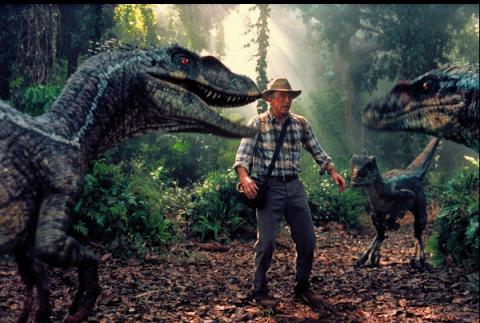
“Welcome to Jurassic Park.” The four words that usher in a new generation of visual filmmaking. In that moment, when Richard Attenborough’s character welcomes the cast, and consequently, the viewer, into the park, the impossible becomes possible. For 126 minutes, we, the audience believed that dinosaurs once again walked the earth. They were as real as Jeff Goldblum, Sam Neil, and Laura Dern, who stood beside them.
At its core, Steven Spielberg’s Jurassic Park is a magic trick captured on film. We know that dinosaurs have been extinct for 65 million years, yet when watching the film, we disconnect our notions of reality and accept what we view as real. It is the beauty of movie magic. Audiences have a desire to be tricked and it is the filmmaker’s responsibility to pull off said trick.
Special effects are rooted in stage magic. One of the earliest pioneers in special effects was George Méliès, a French magician and director. Working at the turn of the 20th century, the Frenchman utilized the invention of film to pull off otherwise impossible tricks. To enhance the illusion, he used stage elements such as set pieces, music, costumes, storytelling, and props. In doing so, he set the foundation that Spielberg would then build upon 93 years later.
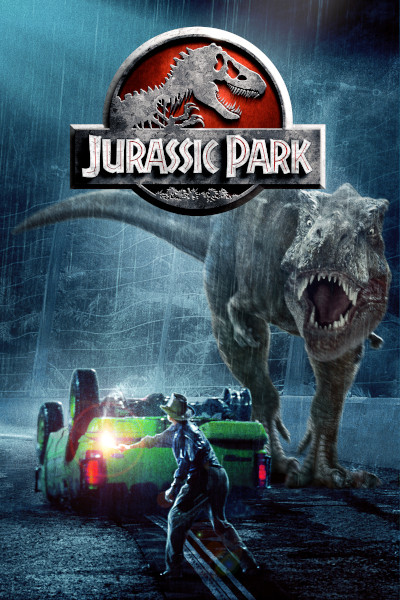
While the quality of special effects drastically changes between Méliès’s works and Jurassic Park, the principles remain the same. Spielberg enhances the special effects through stage elements to bring the dinosaurs to life. The scene in which our heroes walk into Jurassic Park and see dinosaurs for the first time uses the elements that are fundamental for on-stage magic: set design, props, storytelling, and music. Working together, these elements bring life to the brachiosaurus.
To achieve the visual effects needed, Spielberg hired Industrial Lights & Magic to make the impossible possible. Founded by George Lucas, ILM created the visuals for Star Wars. Following their success, ILM built upon its successful reputation with films such as E.T., Back to the Future, Who Framed Roger Rabbit, and Terminator 2: Judgement Day. When Spielberg approached ILM, he gave them their hardest task yet: the creation of a complete and detailed living creature through digital technology.
The idea to use CGI was not Spielberg’s first choice. He believed the effects could be achieved through giant animatronics, until realizing it to be financially unfeasible and nonbelievable. Through these limitations, Spielberg decided to blend practical effects with digital effects. To achieve this, Spielberg turned to Stan Winston to design the effects for the film’s crown jewel: the T-Rex.

If special effects are magic tricks, then Winston is Houdini. Responsible for the creation of such iconic characters as The Thing, The Predator, and The Terminator, Winston claims it was his design of the alien queen featured in Aliens that landed him the job. Yet, Winston believed himself to be in over his head. The challenge in creating a full-size dinosaur would be basing a design within reality and making it look organic.
To achieve realism, Winston created a full-size physical T-Rex model. He designed a 20-foot animatronic puppet. Yet, Spielberg understood that puppetry was not enough. Special effects were needed to make the dinosaur’s movements feel lifelike. The director soon learned that a single frame of CGI required for the T-Rex would take hours, thus delaying the film’s release, so he got creative with filming.
The iconic scene of the T-Rex attacking the jeep is designed to showcase the carnage and scale of the T-Rex, yet also limit the number of special effects needed in post-production. To achieve this, the scene was shot on a rainy night with only a damaged floodlight as a source of lighting. This allowed the dinosaur to be largely filmed in shadow or complete darkness. In doing so, the post-production visual effects team did not have to render substantial portions of the T-Rex, allowing the visuals to be kept to a minimum.
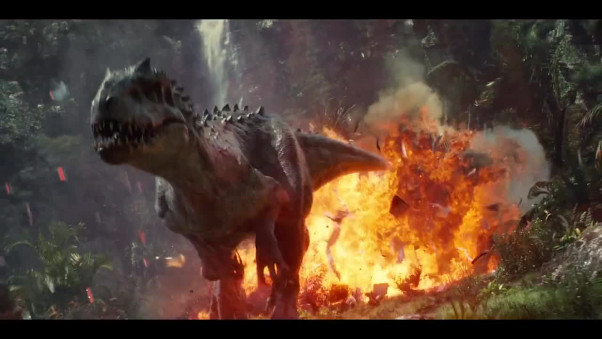
The filmmaking limitations in its usage of digital effect are what makes Jurassic Park’s visual effects stand the test of time. In total, there are approximately 63 computer-generated effects within the film. To put that in perspective, its sequel, Jurassic World uses more than 2,000 instances of CGI. As technology ages, digital effects become outdated. In limiting the amount used, the dinosaurs did not face issues of appearing dated.
Contrast the special effects with Colin Trevorrow’s 2015 sequel, Jurassic World, which serves as a soft reboot of the franchise. In Trevorrow’s installment, he creates a world where dinosaurs are abundant. The park imagined in the first film is now fully operational and dinosaurs live as zoo animals. CGI dinosaurs are in nearly every scene of the 124-minute runtime, whereas the first film only featured six minutes of CGI. The filmmakers found themselves in a situation where restraints within special effects were of no concern. To borrow a quote from Dr. Ian Malcolm, the filmmakers became “so preoccupied with whether or not they could, they didn’t stop to think if they should.”
This is not to say the special effects found within Jurassic World are unimpressive. The dinosaur’s movements are fluid and the lighting on them is impeccable. Yet, there is an uncanniness to the creature’s designs due to their lack of tangibility. The actors are simply imagining dinosaurs standing next to them. They are interpreting what it must feel like to see and touch a dinosaur, rather than seeing and touching a dinosaur. It takes away the genuine emotions from the actors, creating something that seems artificial.
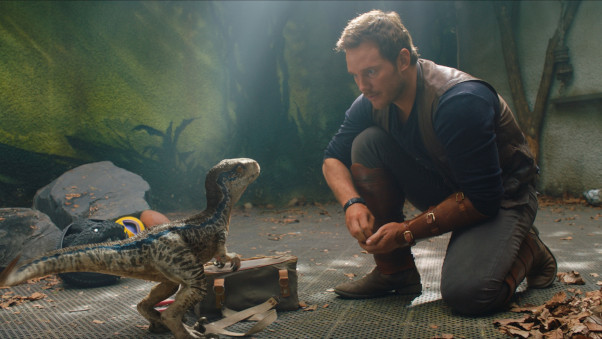
Take, for example, the scene in which Chris Pratt’s character interacts with the velociraptors. The scene relies on shots of Pratt standing with his arms out and then cutting back to a wide shot of the raptors circling him, and then back to a shot of just the actor alone on screen. It never feels like Pratt and the raptors are ever on-screen together, disconnecting the audience from any sense of danger.
Contrast that with the raptors attacking the kitchen from the first film. The child actors are collaborating with puppeteers that are controlling the raptors. As the children hide, the raptors can be seen stalking and popping out to attack. When the actors come face to face with the velociraptors, their genuine horror feels real. In doing so, it creates a feeling of danger for our protagonists. Jurassic World lacks that fear. The dinosaurs look computer-generated, and since that illusion of realness is destroyed, it takes away any sense of danger, and in doing so it destroys our suspension of disbelief.
Despite the global success of the first Jurassic World installment, the filmmakers sought to improve upon the franchise’s special effects. They resorted to recreating the principles created within the 1993 film. Much of the press tour for Jurassic World: Fallen Kingdom highlighted the increased use of practical effects. The crew was seemingly acknowledged the over-usage of CGI within the first installment. Despite the sequel’s poor reception, it manages to improve upon the dinosaur’s effects, allowing scenes where the animals are in distress to feel emotional.
As Jurassic World: Dominion has now hit the screen, emphasis is once again placed on the increased usage of practical effects. Their hope is that by limiting the amount of computer-generated images, audiences will forget reality, and in doing so make the magic of the film feel timeless. Only time will tell if Trevorrow and the crew at Universal can pull off this illusion.
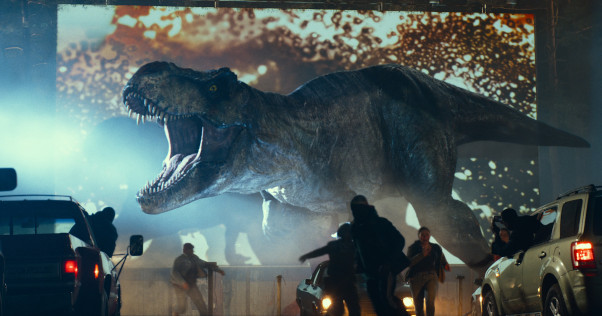
Author Bio:
Ben Friedman is a contributing writer at Highbrow Magazine.
For Highbrow Magazine































































































































































































































































































































